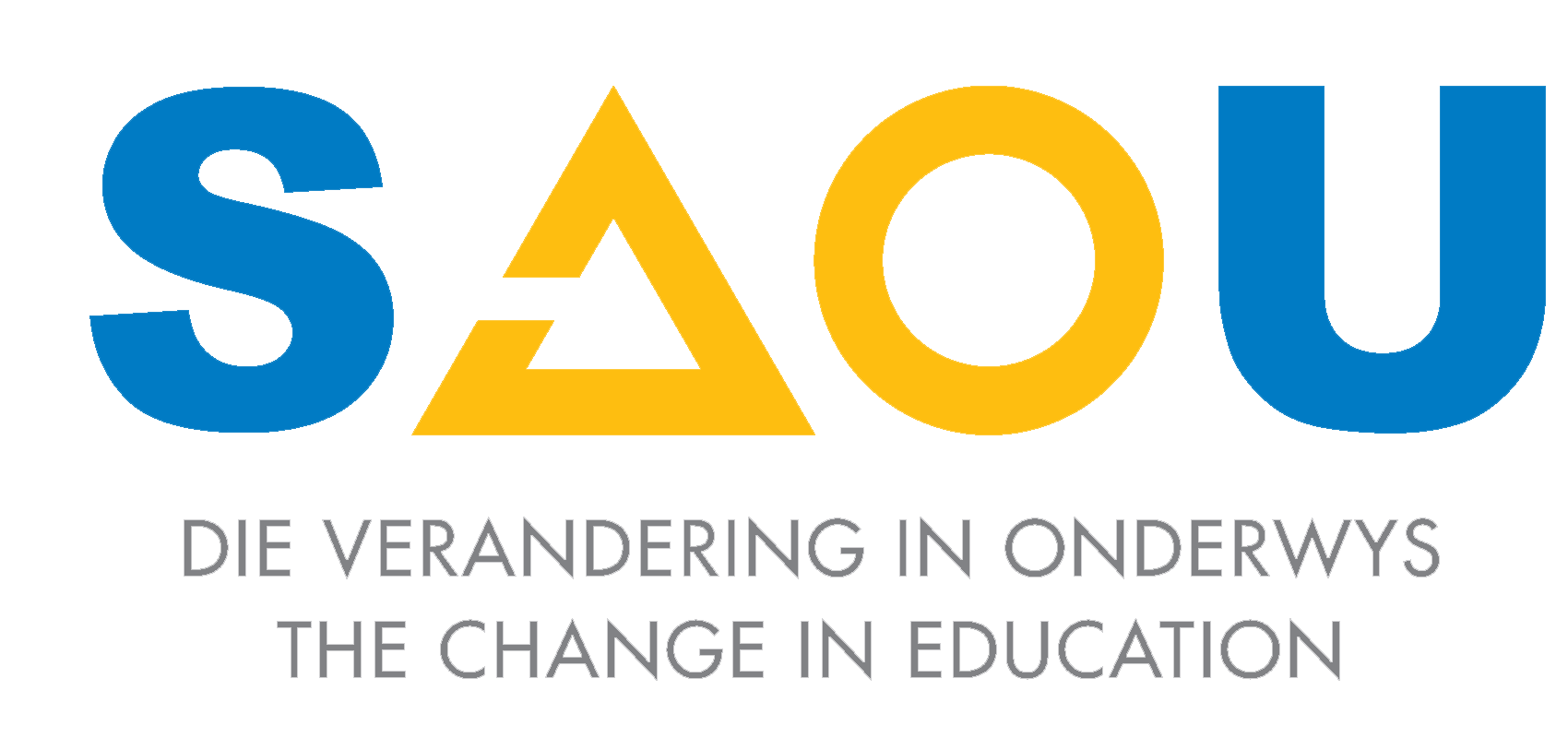
NN 23/2024
GUIDANCE ON PARENTAL LEAVE
Parental leave has long been governed by legislation in South Africa. Recently the status quo was challenged regarding the rights of parents of the new born or adopted child and the Court clarified the position moving forward.
Current Position
The legislation currently states that the biological mother is entitled to 4 consecutive months paid maternity leave. The non-birthing parents of the child are entitled to 10 days unpaid parental leave in terms of section 25A of the Basic Conditions of Employment Act (BCEA).
This position has been argued to be discriminatory in two ways.
The first being that the law assumes the mother will become the primary caregiver and the non-birthing parent will be the main breadwinner. This limits the rights of the mother to return to work as doing so would cause the baby to be without care of either one of the parents.
The second way in which it is argued to be discriminatory is in that it does not allow the non- birthing parents to participate in the care and bonding with the newborn child after birth. The law essentially forces the non-birthing parents to return to work shortly after the birth of the child.
Challenge to current position
During 2023 the current position was challenged in the High Court of South Arica. The Court declared the relevant provisions of the BCEA and the Unemployment Insurance Act (UIA) invalid given that they are inconsistent with the fundamental rights to equality and dignity, in that they:
- unfairly discriminate between mothers and fathers; and
- unfairly discriminate between one set of parents and another based on whether their children:
- were born of the mother;
- were adopted; or
- were conceived by surrogacy.
The crux of the Court’s reasoning lies in the fact that the BCEA treats parents differently depending on whether they are mothers, fathers, adoptive parents or parents who became parents via surrogacy.
The Court found that the distinctions in the BCEA between birthing and non-birthing parents are not validly substantiated when it results in less care for a child in the event of an adoption, and more care for a child when a parent gives birth to a child.
The Court found the current position to be unconstitutional and ordered that the parents of the expected newborn (which includes adopted babies) are entitled to split the 4 months parental leave between them as they see fit. This means that the mother may return to work after the birth of the child and the other parent may then take parental leave and remain with the child as the primary caregiver. This approach may however be in contravention of section 25 of the BCEA.
The Court has ordered the legislator to amend the legislation to bring it in line with the constitution of South Africa as well as the court judgment. However, the High Court has referred the case and judgment to the apex court, the Constitutional Court of South Africa, to confirm the judgment. Only after the Constitutional Court has confirmed the judgment will it take effect and will the time period to correct legislation start to run.
The interim relief granted by the Court states that each parent shall “take turns” in taking the leave. This could mean that each parent will take their leave consecutively and not simultaneously. However, the employer may have a discretion to grant the leave simultaneously. Further clarity may be required on the application of simultaneous leave. This issue will hopefully be clarified by the Constitutional Court.
Does the interim relief make provision for the physiological needs of pregnant women before and after birth?
Yes. The interim relief maintains the provisions which allow a pregnant mother to commence maternity leave at any time from four weeks before the expected date of birth, unless otherwise agreed or on a date from which a medical practitioner or a midwife certifies that it is necessary for the mother’s health or that of her unborn child. Furthermore, the mother may not work for six weeks after the birth of her child, unless a medical practitioner or midwife certifies that she is fit to do so. In relation to a miscarriage during the third trimester of pregnancy or a still-birth, the employee is entitled to maternity leave for six weeks after the miscarriage or still-birth. However, pregnant women and the birthing parent will need to share the four-month leave allocation with the non-birthing parent of the child should they elect to divide the leave allocation between them after the birth of the child.
If one parent is unemployed can the employed parent take 4 months?
Yes, the employed parent will be entitled to take 4 months leave and claim the UIF benefit, if applicable after the Constitutional court confirms the Judgment.
What is the position now?
Until such time as the Constitutional Court has confirmed the High Court’s judgment the position is unchanged. Only birth mothers are entitled to maternity leave. Once the Constitutional Court has confirmed the judgment of the High Court the changes will take effect.
If you have doubts or questions on the matter, please do not hesitate to contact your provincial SAOU office or SAOU Legal Department.
SACAI MARKERS FOR 2024 NSC EXAM
SACAI will be marking the October/November 2024 NSC papers in Pretoria from 8 November 2024 until 6 December 2024. The venue will be communicated.
Are you a competent and qualified marker?
Click here to obtain more details regarding the requirements, subjects to be marked and to apply.
NOORDELIKE HELPMEKAARSTUDIEFONDS (NHSF)
The Noordelike Helpmekaarstudiefonds (NHSF) gives study loans of up to R70,000 per year to selected students who want to be responsible for their further studies. The loans are repayable, but at some of the fairest terms available.
Click here to obtain more details or visit their
website.
RAPPORT ONDERWYSFONDS (ROF)
The Rapport Onderwysfonds (ROF) has a vacant position for Manager of the Fund.
This position presents a challenging and rewarding opportunity to make an impact on the education landscape.
The value proposition of this opportunity includes flexibility in terms of working hours and a salary that reflects the level of the position. The remuneration package includes a fixed remuneration component that reflects the level of the position as well as an incentive for the achievement of certain outputs as approved by Council.
Click here to obtain more details on the vacancy.












